Topics:
Never Miss a Beat - Get Updates Direct to Your Inbox
FILTER:


How to Sell Your Amazon FBA Business for Maximum Value
By Ian Drogin


The demand for FBA businesses has grown considerably in recent years, which is great news for Amazon sellers. Whether you’re planning to sell next month or in two years, it’s important to understand the exit opportunities available to you.
This article will discuss everything you need to know about how to sell your Amazon FBA business for maximum profit. Follow these steps to maximize your payday when you let go of the asset you’ve built.
Thinking of Selling Your Business?
Get a free, individually-tailored valuation and business-readiness assessment. Sell when you're ready. Not a minute before.
When to Sell Your Amazon FBA Business
Before addressing how to sell your Amazon business, it’s important to know when you should sell.
There are a few key elements to consider when timing your sale for maximum profit:
- The age of your business
- Current and recent trends
- The readiness of the business
How old should an Amazon business be when selling?
In general, an Amazon FBA business needs to be about two years old to sell for maximum profit. There are certainly exceptions, but most buyers want to see at least 24 months of financial statements before considering an acquisition.
The reason for this is simple: Younger businesses are less stable and present greater risks for investors.
“It’s generally best to wait on selling until your business is at least two years old.“
Any experienced Amazon FBA seller knows that some products have a short life cycle while others have consistent growth for many years. Even if a young business has twelve months of solid sales history, there’s still a reasonable concern that its numbers will drop in the near future.
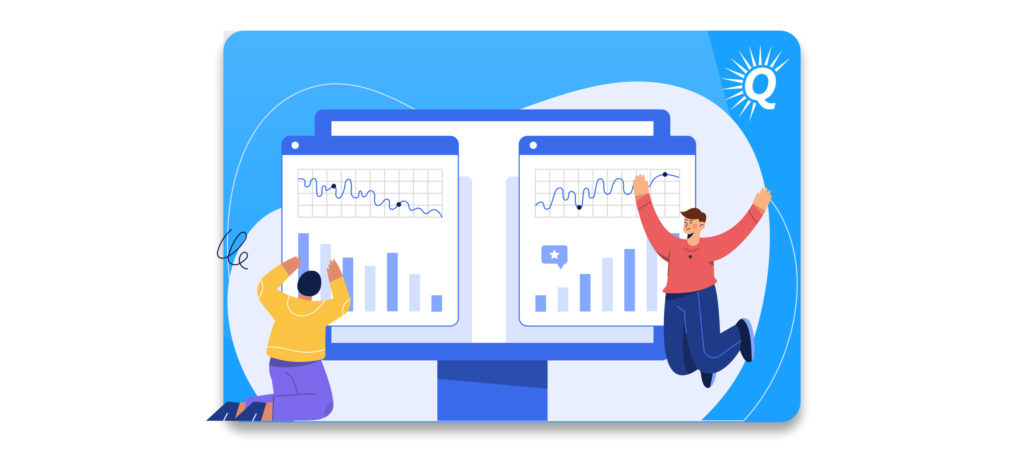

On the other hand, if an FBA business has consistent, positive growth for more than 24 months, there’s a much higher likelihood that its products aren’t riding the wave of a temporary fad.
Based on this, it’s generally best to wait on selling until your business is at least two years old.
Pay attention to growth trends
One of the core elements that buyers examine is growth trends. If your business is growing, it will be worth much more.
Like all investors, business buyers seek to acquire assets that they expect to increase in value. If a business’s earnings are consistently increasing each month, more buyers will be interested. Additionally, their offers to buy will be higher.
“If your business is growing, it will be worth much more.”
This is true whether you’re selling to a single owner or a large Amazon brand acquirer.
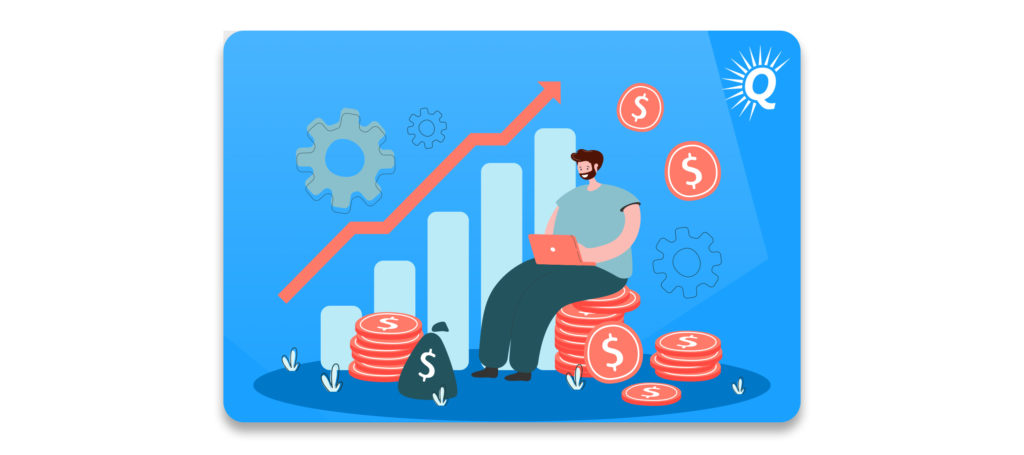

Now, if you’re completely determined to sell your business while it’s in decline, you can still do that. However, you’ll most likely receive considerably less than if it’s been experiencing growth.
Based on this, most sellers should wait on selling their business if it’s waning. By taking several months or a year to turn things around, it’s more manageable to complete a successful exit.
The very best time to sell is during a growth period shortly before your business plateaus. However, predicting that peak period is difficult in most situations, and most sellers list their business when it is highly profitable and quickly growing.
Is your business ready to be sold?
In addition to having a track record of a few years, with consistent growth, it’s critical that business financial records and documentation are clear and orderly. Even with a highly profitable, growing business, it’s difficult to attain a successful exit without up-to-par recordkeeping.
When you list your business for sale, a potential buyer will want to see financials and Standard Operating Procedures (SOPs). Without them, it’s impossible to understand the true state of your FBA business.
“For Amazon businesses, it’s important to use accrual accounting since it provides a much more accurate and complete picture of the business.”
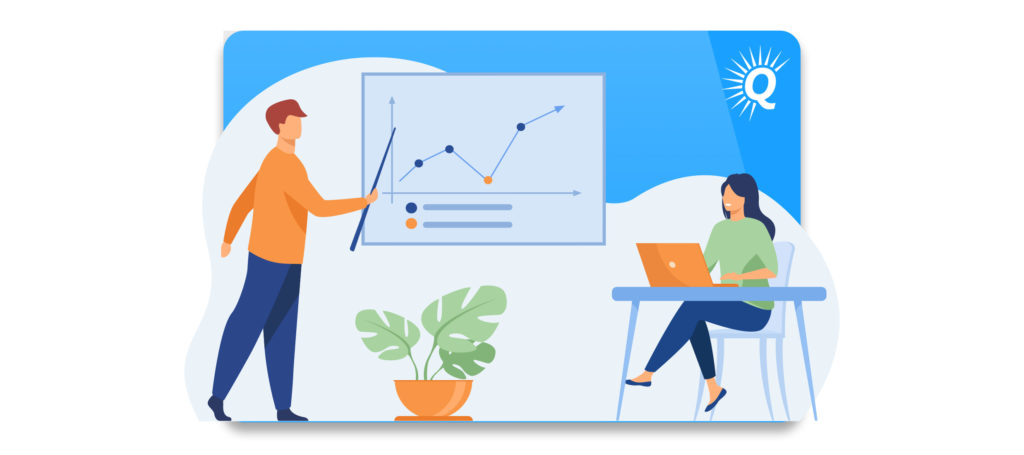

Additionally, effective documentation procedures help to ensure that the new owner can step into your shoes and be successful following the sale. Often, this means going into your Amazon Seller Central account and pulling detailed reports, as well as working with an accountant to ensure orderly financial statements.
For Amazon businesses, it’s important to use accrual accounting since it provides a much more accurate and complete picture of the business.
Balancing preferences with practicality
Often, a business owner decides to sell based on when they are ready. However, an entrepreneur’s personal desires don’t necessarily correspond with the decisions that will yield maximum profit.
If maximizing profit is your goal, it’s important to look beyond your own personal preferences when it comes to timing.
For example, sometimes an FBA seller is simply weary from running their business. They don’t want to check each Amazon listing, pay attention to inventory at Amazon warehouses (aka FBA warehouse or FBA Fulfillment Center), or respond to customer messages. When this happens, they may be tempted to immediately make the decision to sell their business.


Occasionally, that’s fruitful. However, more often than not, their business is not quite as ready as they are.
If you’re an FBA seller who feels ready to sell, it’s important to research and determine if your business is ready.
As we discussed, a business 2+ years old with positive and consistent growth, that has sound documentation procedures in place has a good chance of a quick and lucrative exit. However, if your business isn’t quite there, it’s a good idea to take the necessary preparation steps first.
All of this assumes that your goal is to maximize profit. Sometimes it may be perfectly reasonable for an owner not to prepare before selling a business. Reasons for this may include other opportunities that require your full attention or challenging life circumstances that arise unexpectedly.
Buy a Profitable Online Business
Outsmart the startup game and check out our listings. You can request a summary on any business without any further obligation.
Determining the Worth of Your Amazon FBA Business
You’re interested in selling your Amazon FBA business, but first, you want to find out how much it’s worth. While the only way to precisely determine this is to get a valuation, you can use the following framework to form a probable business value.
Amazon businesses are valued using the Seller’s Discretionary Earnings (SDE) multiple method.
With the SDE multiple method, the SDE is multiplied by a number known as the “multiple” to determine the value of your business.
“Amazon businesses are valued using the Seller’s Discretionary Earnings (SDE) multiple method.”
To understand what this means, it’s important to first understand SDE.
Understanding Seller’s Discretionary Earnings
Seller’s Discretionary Earnings (SDE) are the pre-tax, pre-interest profits before subtracting single owner benefits, non-cash expenses, one-time investments, and any non-related income or discretionary expenses.


Essentially, SDE is the money that the owner ‘actually’ makes. Unlike net income, it doesn’t account for income and expenses that won’t necessarily transfer to a new owner after the sale.
We have an entire article about Seller’s Discretionary Earnings that goes into more detail about how it’s calculated.
Once you’ve determined your SDE, it’s time to apply the multiple.
What is an SDE Multiple?
Most Amazon businesses are valued at a 2-5X SDE multiple, although there are certainly exceptions to that value range.
To illustrate what that means, let’s say that your FBA business has $100K in SDE. If your business is valued at a 3X multiple, it will be worth $300K (3 X $100K = $300K).
“Most Amazon businesses are valued at a 2-5X SDE multiple, although there are certainly exceptions to that value range.”
There are four main areas that determine the multiple used for valuing your business.
- Growth
- Risk
- Documentation
- Transferability
The Importance of Positive Growth Trends
As discussed, growth plays a significant element in the valuation process.
Positive growth trends will positively impact the multiple used to value your business. Negative growth trends will lead to a lower multiple, and therefore, a less valuable business.
For this reason, sellers should always seek to sell during a phase of positive growth.
Minimizing Risk
Buyers don’t just want businesses that are likely to grow; they want businesses that are likely to not fail.
Stable Amazon businesses are much more valuable than those that are exposed to significant risks.
Smart buyers delve into the possible risks that could confront the business. If they see a narrow product line or a constant battle for the buy box, they are less likely to make a strong offer.
“Stable Amazon businesses are much more valuable than those that are exposed to significant risks.”
There are several factors that indicate a business has stability and low risk:
- Number of products
- Product uniqueness
- Loyal customers
- Trademarks, patents, and copyrights
If you have just one product for sale in the Amazon marketplace, your business is completely dependent upon its success. What happens if your supplier goes offline or your shipping costs skyrocket? Most likely, your business will have a bleak future.


Buyers want to see that you have many different products driving your revenue. With each addition of a profitable product, the risk of your business collapsing is reduced. Supply chain disruption or shift in market demand will have less of an impact.
Additionally, buyers look at what differentiates your products from the competition. Essentially, what makes them unique?
On the other hand, if your products have a unique design and distinguished branding, buyers will likely perceive your business as less risky.
Another great way to reduce risk in your business is to earn repeat customers. Utilizing Amazon’s subscribe and save program is a great way to generate ongoing business from the same customers.
Lastly, trademarks, patents, and copyrights can help your business distinguish itself and create greater differentiation, thereby further reducing threats from competitors.
In the past, many buyers were wary of businesses that generated all sales through their Amazon account. However, now that Amazon is well established as a consistent and reliable eCommerce platform, buyers are much more agreeable to acquiring “Amazon only” brands. In other words, for many buyers, multichannel selling isn’t nearly as important as it once was.
The Importance of Documentation
All else being equal, a well-documented business is worth more than one with sloppy, unorganized financial records.
Documentation is critically important for business buyers for two primary reasons:
- It allows buyers to understand the nuances of the business prior to purchase
- Business operations are much more straightforward and clear
It’s very difficult to understand the nuances of your business if you haven’t kept detailed records of the most critical metrics.
Certain metrics are absolutely necessary during the valuation process. For example, it’s impossible to calculate your business’s value without determining SDE.
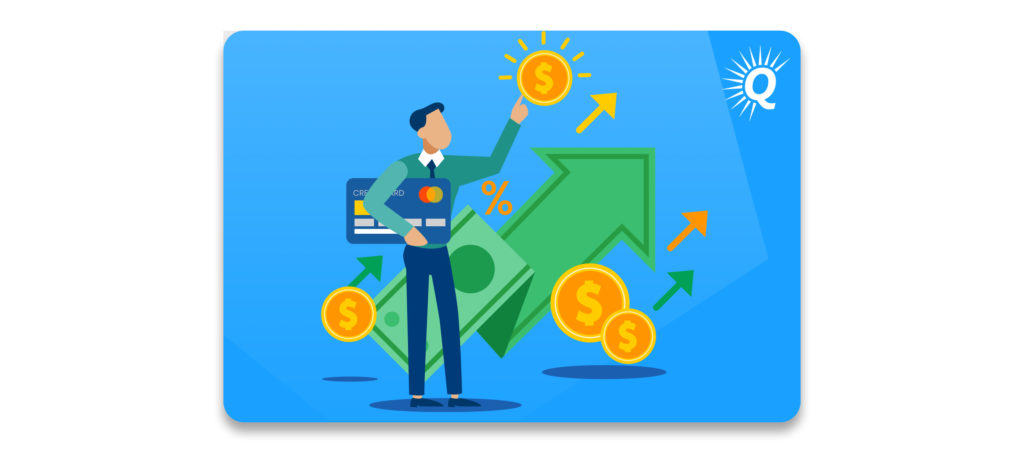

To determine SDE, you need to first identify and document all revenue and expenses. If you haven’t been keeping careful financial records each month, this process can sometimes be quite involved.
In addition to determining SDE and other core valuation metrics, most buyers will also want to see a variety of other reports and documents in order to understand the opportunities and threats within your business.
“All else being equal, a well-documented business is worth more than one with sloppy, unorganized financial records.”
For example, most buyers want to see inventory performance reports, a breakdown of each Amazon FBA fee, storage fee, fulfillment fee, referral fee, supplier contracts, and trend data. They’ll also want to verify all financial data, including your profit margin. Being able to provide this information in an organized manner will go a long way to helping you maximize the value of your business.
Ensuring a Smooth Transition
Even if your buyer is familiar with the Amazon platform, they’ll still need to have clarity regarding your specific business management processes.
They will want to understand things like:
- Inventory ordering
- Creating and managing listings
- Customer service protocols
- Product guarantees or warranties
To ensure that your buyer is poised to succeed, it’s usually a good idea to have Standard Operating Procedures (SOPs) that provide clear instructions on how to complete all of the important responsibilities within your business.
“Standard Operating Procedures (SOPs) that provide clear instructions on how to complete all of the important responsibilities within your business.”
You can think of SOPs as a sort of “user manual” that tells the new owner exactly what they need to do in order to run your business.
Having clear and detailed SOPs instills confidence in buyers, thereby reducing the perceived risks in your business (e.g. the risk of failure) and increasing its value.
Transferability
It doesn’t matter how profitable your business is if it can’t be transferred to a new owner.
Transferability refers to how easily a new owner could step in and run your business. All else being equal, businesses that can be easily transferred are more valuable than those that have barriers to transferability.
“All else being equal, businesses that can be easily transferred are more valuable than those that have barriers to transferability.”
Here are a few situations that can create owner transfership issues:
- Personality based brands
- Specialized knowledge requirements
- Disorganized recordkeeping
If the success of your business is based on your own personal identity, it will likely be difficult to transfer it to a new owner. Luckily, most Amazon online business ventures don’t face this issue.


Additionally, if your business requires specialized knowledge to run, it might be difficult to find a purchasing party that is able and willing to acquire it.
Since there is no shortage of experienced Amazon sellers, it’s often not difficult to find someone who has the requisite skill set to acquire FBA brands.
Lastly, some businesses are difficult to transfer simply because their systems and processes are sloppy and disorganized. If you can’t easily explain to a new owner all of the steps involved in running your business, it’s going to be hard to convince someone to buy it.
Fortunately, sloppy recordkeeping can be fixed, but the solution isn’t always what owners want to hear. If your systems are in disarray, it’s probably a good idea to spend some time doing some serious organizing, as well as implementing effective SOPs.
Cost of Selling Your Amazon Business
If you’re trying to determine how to maximize profit from selling your Amazon FBA store, it’s important to consider the various paths available to you.
There are several options available to you when it comes to selling your Amazon FBA business, and each has their own costs and benefits.
Most selling strategies follow one of three paths:
- Selling via an online platform
- Selling directly to a buyer
- Working with a business advisor


Selling Your FBA Business Through an Online Platform
Selling through an online platform can be the simplest and most straightforward way to sell a business. However, you are severely limited in your ability to connect with buyers, entertain a variety of offers, and get the best terms possible.
Typically, good buyers avoid online marketplaces due to the limitations imposed on both parties. This means your business likely won’t be exposed to the best buyers.
Online escrow platforms often take a 10% cut, but the rate and fees can vary based on the size of your business. If your FBA business is only worth a few thousand dollars, it may not be a bad idea to give one of them a try. However, if the stakes are higher, it’s probably a good idea to avoid this.
Selling Directly to a Buyer
Some sellers like the idea of selling directly to a buyer without third-party involvement because they believe it will help them save money. While selling directly might allow you to avoid platform transaction costs and FBA broker fees, it’s important to consider the less tangible costs that you’ll likely encounter.
“When you sell your business on your own, it’s hard to access a wide pool of buyers.”
There are several key disadvantages of selling directly to a buyer. Together, they usually lead to less money entering your bank account at closing.
The disadvantages of selling directly to a buyer include:
- Less accurate valuation
- Greater chance of mistakes
- The “ignorance discount”
- Limited buyer pool
There are numerous elements that need to be considered when valuing an Amazon store. This can make the valuation process quite difficult. It’s one thing to have a general understanding of SDE, add-backs, and the market, but putting principles into practice is a delicate art.
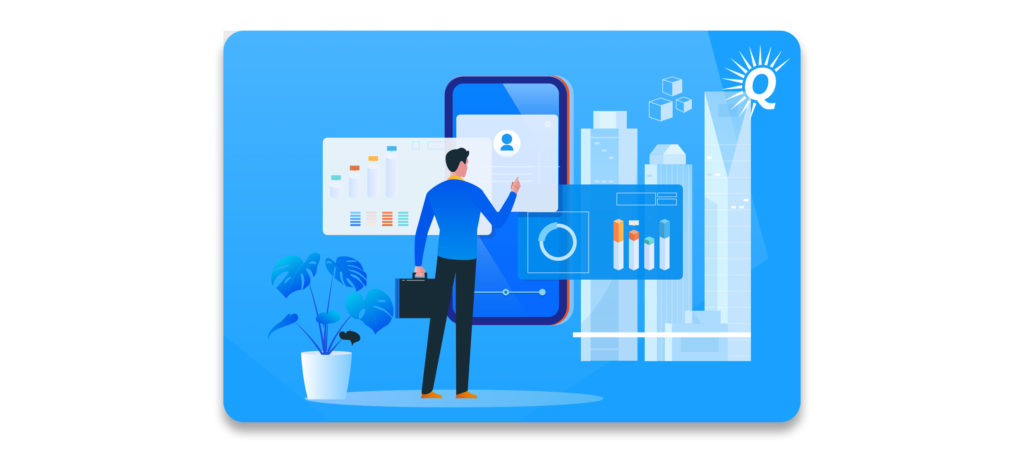

The valuation process requires extensive knowledge and experience and it’s easy to make costly mistakes when you do it alone.
Unfortunately, it’s not uncommon for sellers to make critical valuation mistakes that cost them hundreds of thousands of dollars at closing. In the industry, this is known as the “ignorance discount.”
When you sell your business on your own, it’s hard to access a wide pool of buyers. Unless you happen to have thousands of qualified buyers on your email list, it’s going to be hard for your business to get the exposure that it deserves.
When your business is exposed to fewer buyers, your chances of receiving a strong offer are significantly less.
In summary, although selling directly to a buyer will have less fees, there’s a very good chance that you’ll receive significantly less money for your business.
Working with a Business Advisor
Business advisors charge a closing fee in exchange for the services they provide. The fee varies based on the size of your business.
A qualified business broker should be able to:
- Provide an accurate valuation and marketing package
- Access a wide pool of qualified buyers
- Evaluate offers
- Support you as you close the deal
Qualified business advisors use their industry knowledge and experience to provide an accurate and up-to-date valuation of your business. The process considers all of the important variables, including the current market environment.
Once your business has been valued, your advisor will help create a business marketing package that showcases the unique strengths that buyers will appreciate in your business. Just as you may be an expert when it comes to marketing an Amazon product, your advisor has the same skill set when it comes to selling Amazon brands.


After your business is ready to go on the market, your advisor will provide access to a wide pool of qualified buyers. Because your advisor is well-known and respected in the industry, your business will be taken more seriously by the investors that matter the most.
When potential buyers are interested, your advisor will facilitate your meetings.
When offers start coming in, your advisor will help you evaluate each offer. They’ll explain what various deal structures mean, and help you find the deal that satisfies your individual goals.
Once you’ve received a great offer, your advisor will support you as you negotiate the terms and close the deal.
More often than not, working with a qualified advisor will lead to a more successful and profitable outcome when selling.
Paying Taxes
Selling your Amazon FBA business may mean you have a lot more money in your bank account. It also probably means your tax situation is quite a bit different than it was during previous years.
Depending on the asset allocation of your business, you’ll pay a combination of capital gains and income tax. Our article on business sale taxation goes into much more detail about how selling your business might affect your tax situation.
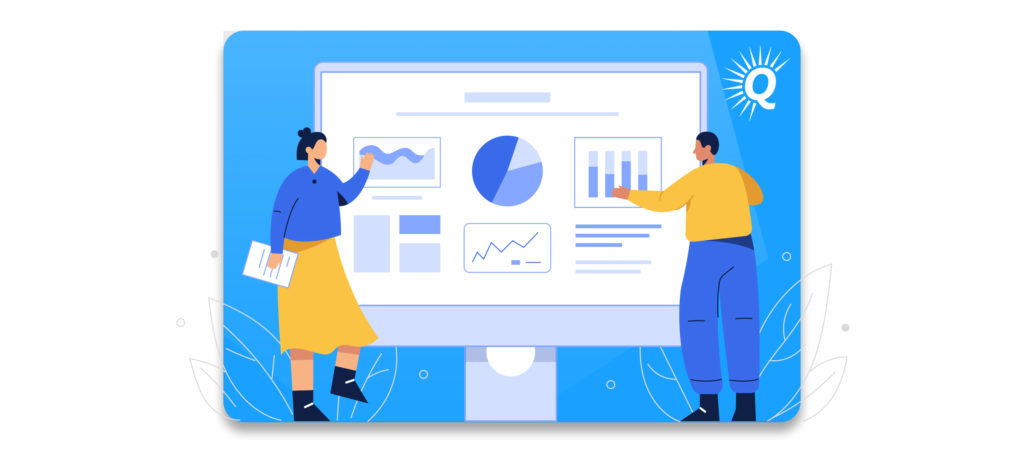

How to Sell Your Amazon FBA Business
The previous sections have explained the various considerations and decisions that are important when selling your business. Below, we’ll provide a consolidated version of the steps you should take when navigating the selling process.
- Receive a valuation of your business
- If you’re ready to sell, create a marketing package for your business
- List your business for sale
- Enter into buyer-seller conversations
- Once you receive the right offer, negotiate the deal terms and reach an agreement
- Sign the required contacts, including the LOI and Asset Purchase Agreement (APA)
- Complete due diligence
- Transfer all business assets to the buyer, according to the APA
- Receive closing funds and close the deal
- Fulfill any commitments you’ve made for training or consulting
When you first start selling on Amazon, there’s many questions you need to answer. Some of these involve what product research methods to use, how much inventory should you ship to Amazon’s warehouse, and should you choose FBA versus FBM, among others.
Although it shouldn’t take nearly as long to sell your Amazon FBA business as it took to build it, the process does require thoughtful consideration and planning. By establishing your goals early on and planning ahead, you’ll be in a great position to experience a successful exit.
Thinking of Selling Your Business?
Get a free, individually-tailored valuation and business-readiness assessment. Sell when you're ready. Not a minute before.





